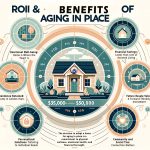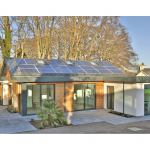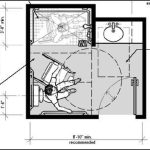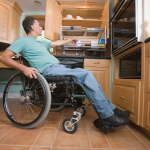Essential Home Modifications for the Elderly and Disabled
After a fall, or other event causing a loss of mobility, your main concern is planning home modifications for the family member to make their home safer and more accessible.
As we age, our physical abilities may start to decline, making it more difficult to navigate our homes safely and comfortably. This is especially true for those with disabilities or mobility limitations. Fortunately, there are many home modifications that can be made to improve accessibility and independence.
In this article, we will discuss essential home modifications for the elderly and disabled. We will explore the most important areas of the home to modify, including bathrooms, doorways, stairs, and flooring. We will also provide solutions to common problems faced by those with mobility limitations, such as installing grab bars, widening doorways, and adding non-slip flooring.
By making these aging in place remodels, individuals with disabilities and the elderly can increase their independence and safety, and enjoy their homes to the fullest. So let’s get started and explore the top home modifications for the elderly and disabled.
What Are the Most Important Home Modifications for the Elderly and Disabled?
Bathroom Modifications for the Elderly and Disabled: Improving Safety and Accessibility
The Problem:
Bathrooms pose a significant risk of fall accidents due to slick, wet surfaces, especially for individuals with mobility limitations or disabilities. Traditional bathtubs, showers, and toilets can be difficult and dangerous to use, which can further increase the risk of falls and injuries.
The Fix:
- Installing products specifically designed for individuals with disabilities can greatly improve safety and accessibility in a handicap bathroom. Walk-in tubs with doors that open and close, curbless showers with zero-threshold entry, and raised-height toilets with grab bars are just a few examples of products that can improve accessibility and safety.
- These products can be customized to fit any bathroom size and decor and can greatly increase independence and quality of life for individuals with disabilities.
- Additionally, installing non-slip flooring and good lighting can further reduce the risk of falls in the bathroom.
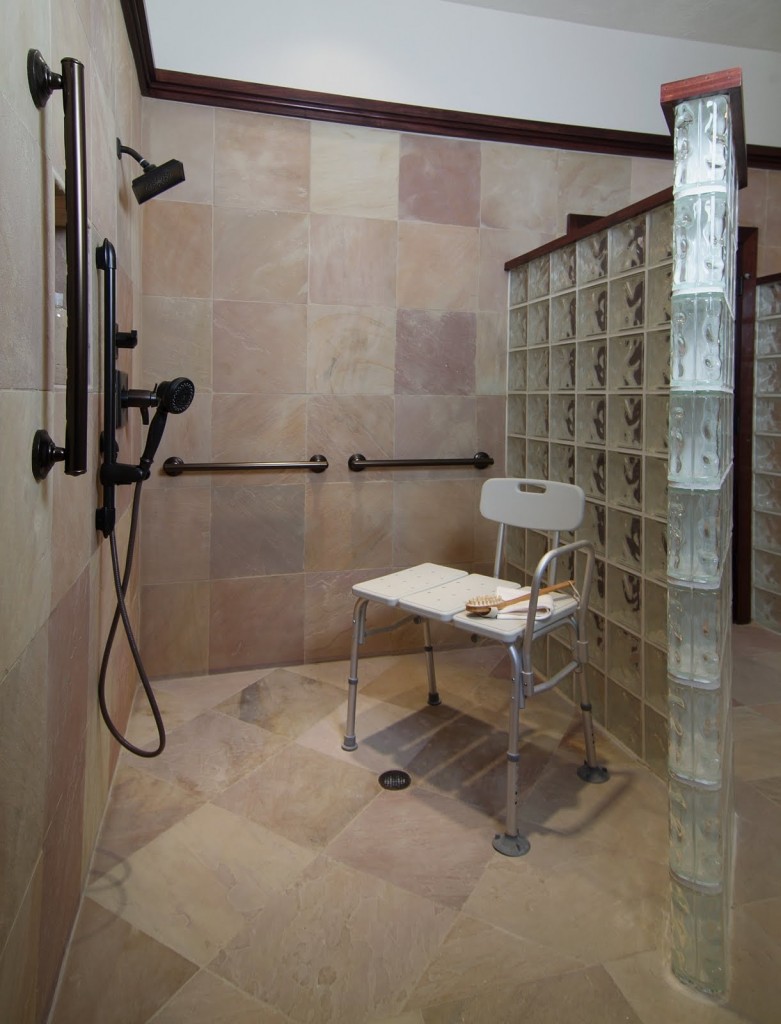
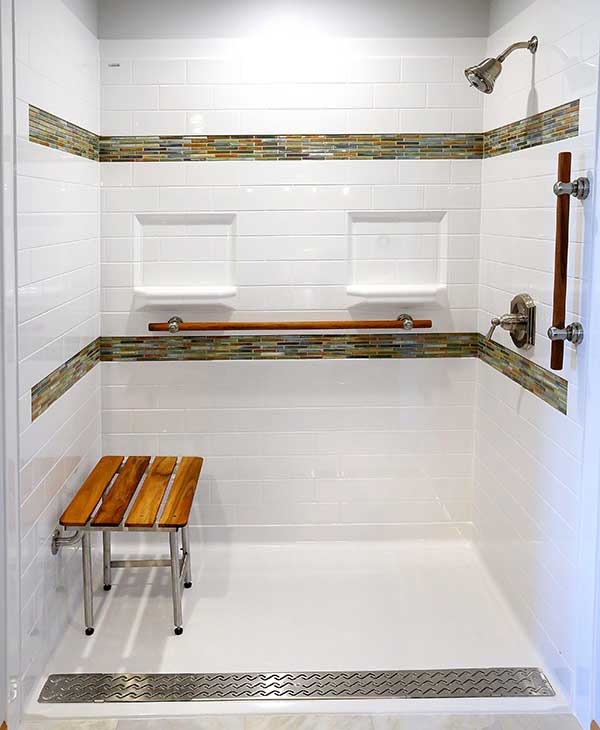
Grab Bars for the Elderly and Disabled: Enhancing Stability and Independence
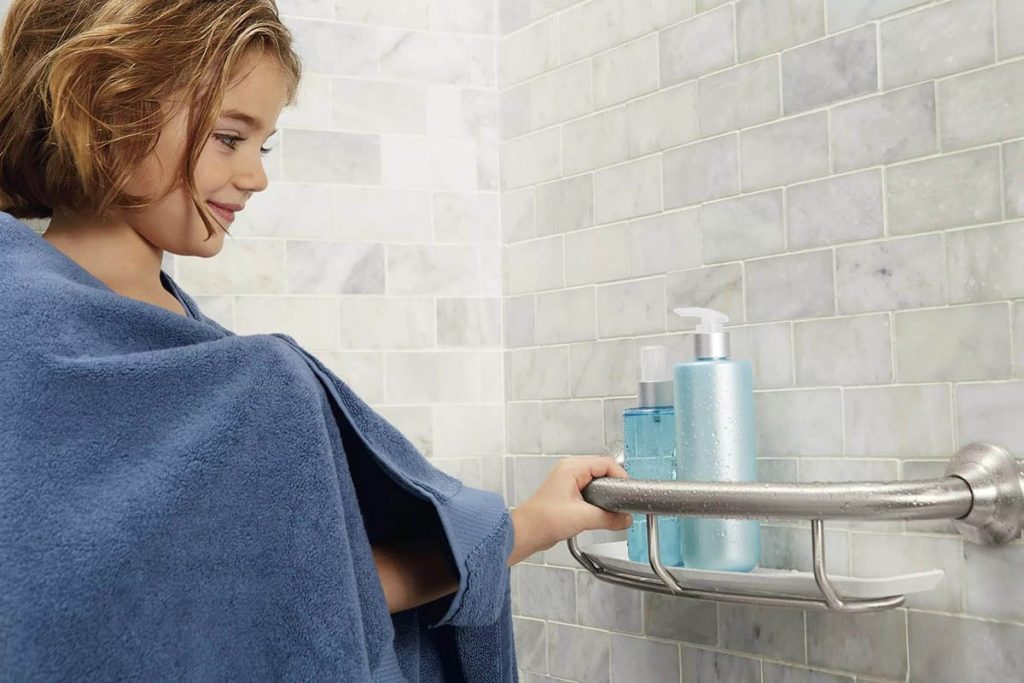
The Problem
For individuals with mobility limitations, simple tasks like standing up or sitting down can be challenging and increase the risk of falls. This is especially true in areas like the bathroom or near stairs, where slick surfaces or uneven terrain can cause accidents.
In a multigenerational home, grab bars can be designed for use by all, applying the principles of universal design.
The Fix:
- One solution to increase safety and stability in the home is to install grab bars. Grab bars provide a sturdy and secure support system for individuals with mobility limitations, allowing them to perform daily tasks with confidence and ease. These bars can be installed in various areas of the home, including the bathroom near the toilet and shower, as well as in hallways and near stairs.
- There are a variety of grab bars available, from wall-mounted to floor-mounted to clamp-on. They come in different lengths and finishes, making it easy to find a grab bar that matches the style and decor of the home. When installing grab bars, it’s important to ensure that they are securely anchored to the wall or floor to prevent accidents.
- In addition to providing safety and stability, grab bars can also be used by individuals of all ages and abilities. Applying the principles of universal design, grab bars can be installed in a way that meets the needs of everyone in the home.
- If you’re interested in installing grab bars in your home, consider contacting a professional contractor who can assess your needs and provide expert advice on the best types and placement of grab bars for your unique situation. With the right modifications, you can greatly improve safety and independence in the home for individuals with mobility limitations.
Widening Doorways for the Elderly and Disabled: Expanding Accessibility and Freedom of Movement
The Problem:
Individuals using mobility aids such as wheelchairs or walkers may face difficulty moving through doorways due to narrow passages. This can limit their independence and create a potential safety hazard.
The Fix:
Widening doorways can be an effective solution for improving accessibility and independence. This modification may require removing door frames or adjusting wall placement to create a wider opening. It may also require the installation of a new, wider door.
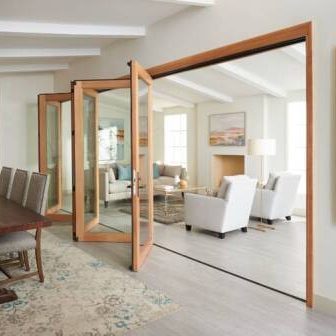
Professional contractors can help assess the scope of work needed and provide cost estimates. Widening doorways may require a more significant modification, but it can greatly improve accessibility and independence for individuals with mobility limitations.
In addition to making it easier for those with mobility aids to move around the house, wider doorways also improve accessibility for those with visual impairments, making it easier for them to navigate the home.
Thresholds for the Elderly and Disabled: Eliminating Tripping Hazards and Improving Mobility
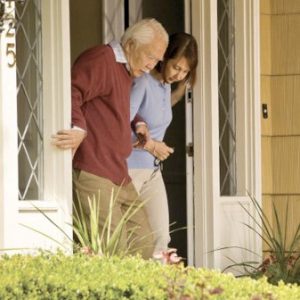
The Problem:
Uneven floor surfaces can increase the risk of falls and pose challenges for those with limited mobility or disabilities. Thresholds, in particular, can be difficult to navigate for disabled individuals. Sudden changes in flooring types, such as transitioning from carpet to hardwood floors, can also create tripping hazards.
The Fix:
One solution is to install threshold ramps or plates to provide a smooth transition between rooms. These ramps come in various sizes and materials and can be easily installed by a professional or as a DIY project.
Another option is to remove the threshold and create a level transition between rooms. This modification may require adjusting the floor height or installing a transition strip, but it can greatly improve accessibility and reduce the risk of falls.
By making threshold modifications, individuals with mobility limitations or disabilities can move more safely and easily throughout the home, ultimately improving their independence and quality of life.
Stair Modifications for the Elderly and Disabled: Increasing Safety and Accessibility
The Problem:
Stairs can pose a significant risk for those with limited mobility or balance. Each step becomes a hurdle over time for many seniors, and falls on stairs can result in serious injuries. Furthermore, poor lighting in stairwells can make navigating them even more difficult, especially for those with limited vision.
The Fix:
There are several modifications that can be made to stairs to improve safety and accessibility for the elderly and disabled. Installing additional handrails or replacing existing ones with sturdier options can provide support and stability when climbing stairs. Adding stair lifts or glides can also greatly improve accessibility for those who have difficulty navigating stairs.
For individuals with limited vision, installing new lighting or replacing existing fixtures with brighter LED bulbs can make stairs more visible and reduce the risk of falls. Carpeting on stairs can also be removed or replaced with non-slip treads to improve safety and reduce the risk of slipping.
When considering stair modifications, it’s important to consult with a professional contractor or architect to ensure that the modifications are safe and effective. With the right modifications, stairs can become a less daunting obstacle for the elderly and disabled, allowing them to maintain their independence and mobility in their own homes.
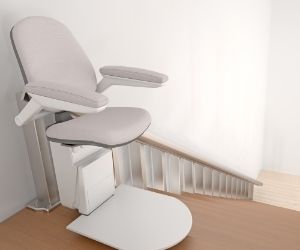
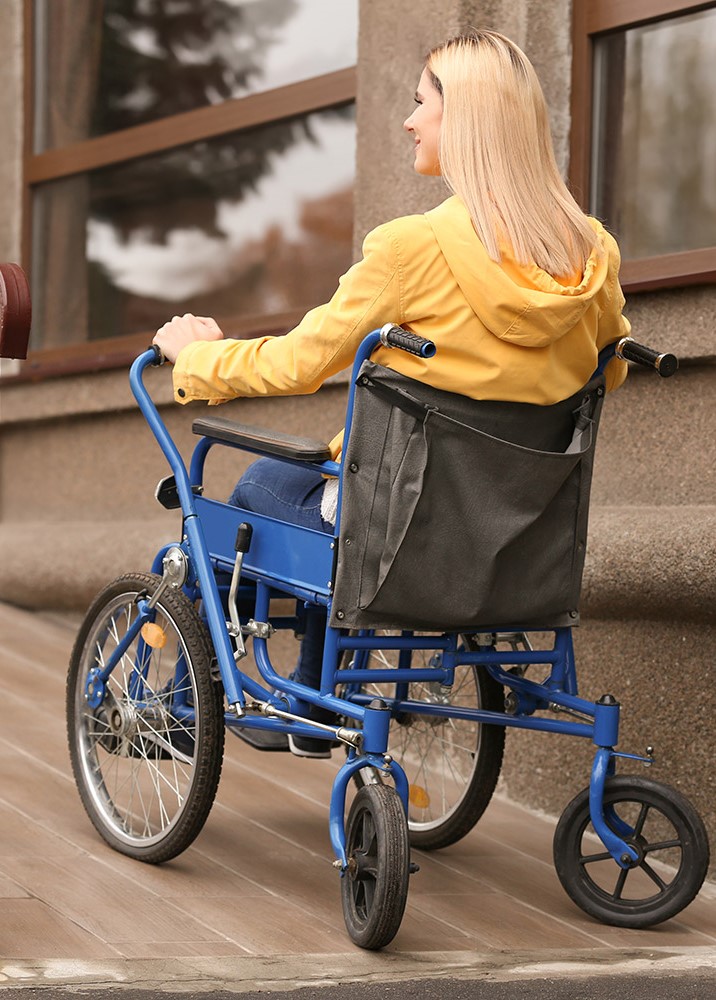
Non-Slip Flooring for the Elderly and Disabled: Reducing the Risk of Falls and Improving Traction
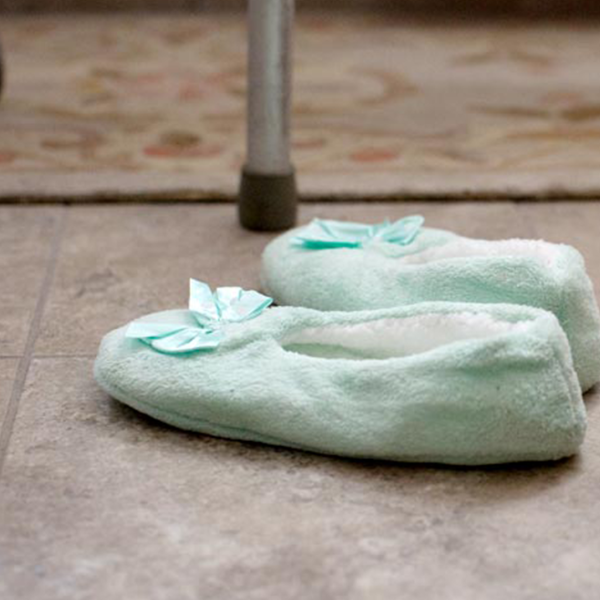
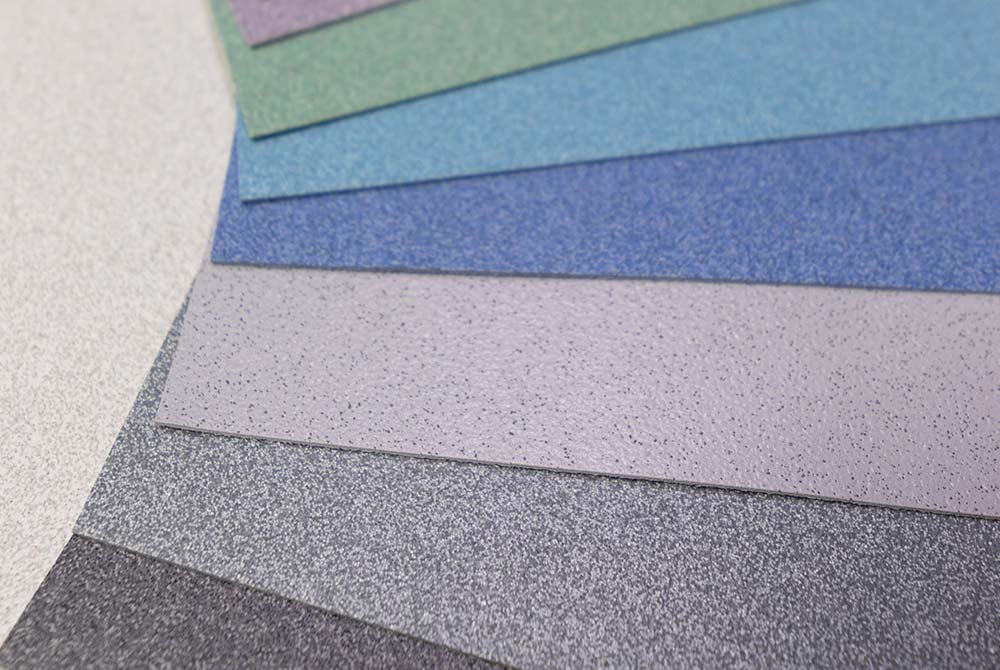
The Problem:
Slippery tile flooring can be hazardous when wet, posing a risk for individuals with limited mobility. Rugs or other irregular floor types can also make walkways uneven, creating trip hazards for those with mobility issues.
The Fix:
Installing non-slip flooring or adding slip-resistant coatings to existing tile flooring can greatly improve safety and reduce the risk of falls. Using rugs with non-slip backings can also help prevent slipping. In addition, removing any unnecessary rugs or floor clutter can reduce tripping hazards. For those with more significant mobility limitations, installing smooth, level flooring surfaces throughout the home can greatly improve accessibility and safety.
Lighting and Electrical Outlets for the Elderly and Disabled: Enhancing Visibility and Accessibility
The Problem:
Poor lighting is common in many older houses. Since many seniors have a decline in vision, poor lighting can increase trip hazards on rugs or other obstacles in darkened hallways. Light switches and electrical outlets might also be out of reach for a disabled loved one in a wheelchair.
The Fix:
Install supplementary light fixtures in corners and walkways. LED bulbs are brighter than traditional bulbs, and they don’t require constant replacement. Installing light switches and electrical outlets at a lower height can greatly improve accessibility. This modification can be made easily with the help of a qualified electrician.

Wheelchair Accessibility for the Elderly and Disabled: Creating a More Inclusive Living Environment
The Problem:
For individuals who use a wheelchair, navigating through narrow spaces and tight corners in the home can be extremely challenging. Doorways, hallways, and stairways may be too narrow for a wheelchair to pass through, restricting access to certain parts of the home. This can make daily activities such as moving from room to room, using the bathroom, or accessing the kitchen difficult or even impossible.
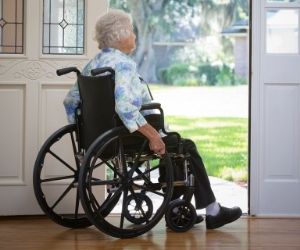
The Fix:
Installing a wheelchair ramp, widening doorways, and adjusting the layout of the home can greatly improve accessibility for wheelchair users. By creating wider hallways and doorways, wheelchair users can easily move throughout the home. This modification may require removing door frames, adjusting wall placement, and potentially restructuring the home layout.
A qualified contractor or architect can assist with these modifications to ensure that they are done safely and effectively. Additionally, installing a wheelchair ramp can provide easy access to the home and make it possible to enter and exit the home independently.
Make Your Home More Accessible Today - Contact Us for a Design Consultation
In conclusion, home modifications can greatly improve the safety, accessibility, and independence of elderly and disabled individuals. From bathroom modifications to wider doorways, grab bars, and non-slip flooring, there are numerous ways to make a home more accommodating and comfortable.
And there are different considerations when adding an in-law suite to move an elderly parent into your home vs. design for a kitchen remodel to improve accessibility.
By taking the time to assess the needs of elderly and disabled individuals and implementing the appropriate modifications, you can greatly reduce the risk of accidents and injuries, while improving their quality of life.
If you’re considering home modifications for your elderly or disabled loved one, contact us for a Design Consultation. Our team of experts can help you set priorities, answer any questions you may have, and provide guidance on the best modifications for your specific needs. Don’t wait – take the first step towards a safer, more accessible home today.



